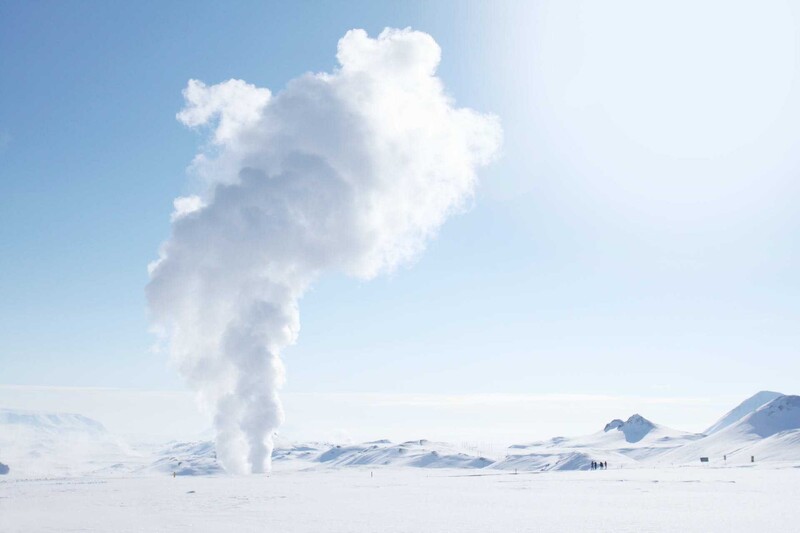A northern Alberta town with a population of 577 people could be the site of a renewable energy breakthrough.
What happened: The town of Rainbow Lake will kick off a pilot project that could power the entire area with geothermal energy — where energy is created by turbines that are spun by heat extracted from underground water — by 2028, the first town in Canada to do so.
-
Geothermal power is most common in regions where volcanoes can supercharge heating and ones near fault lines, like Indonesia, El Salvador, and Iceland.
- But the Rainbow Lake pilot will test technology that moves water deeper into the ground to warm it up, making geothermal power possible in colder places.
Why it matters: The project could prove the viability of geothermal power while lowering energy bills for residents. Buying electricity directly from a local plant instead of the power grid means cutting costs to distribute power. Plus, no fossil fuels means no carbon tax.
Zoom out: Canada has a lot of untapped geothermal potential — literally — with the Geological Survey of Canada confirming back in 2012 that geothermal sources could produce one million times the country’s electrical consumption.
- But while there are more than 100,000 sites currently using geothermal sources to generate heat for buildings, none are converting it into electricity.
- The Swan Hills Geothermal Power Project in Swan Hills, Alberta, also began running this year, but uses a mix of geothermal and natural gas to create a hybrid power.
What’s next: There are projects that won’t power an entire town, but will each add a few megawatts of geothermal power to the grid. The DEEP project in Saskatchewan will be the first entirely geothermal site when it goes online next summer.—JK
